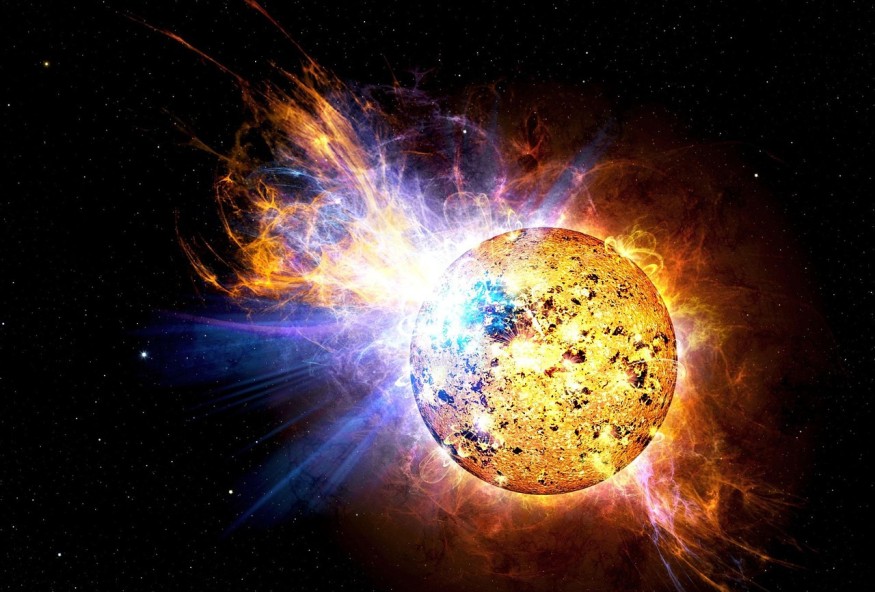Geomagnetic storms are set to hit Earth this weekend after the Sun recently incurred solar storms in the form of solar plasma and coronal mass ejections (CMEs). The solar storm train, dubbed "series of solar storms," is projected to strike our planet in the next few days, according to reports. This means that highly energized solar particles can potentially disrupt our radio and satellite signals.
Furthermore, the collision between the solar storms and Earth's magnetic field can also lead to auroras in the United States, as far south as Illinois and Oregon. The said solar storms occurred as a result of increased solar activity in recent days amid the current Solar Cycle 25. Previous estimates suggested the cycle could reach its solar maximum as early as 2024, instead of the year 2025.
Solar Storm Alert

In its solar storm alert in recently, the Space Weather Prediction Center (SWPC) on Thursday, May 9, reported the occurrence of major solar eruptions associated with CMEs, solar flares, and solar radiation storms. With this, the solar storms can cause interference or disruption to Earth's technology, including radar, satellite communications, and the Global Positioning System (GPS).
Based on additional reports as of Thursday, Earth is bracing for a solar storm impact from three CMEs this weekend, as solar activity levels reached an all-time high in the past 24 to 36 hours. One of the most significant developments from the Sun is the growth and integration of sunspot regions 3664 and 3668. In addition, multiple solar flares were also produced from the CMEs.
In 2023, intensifying solar storms from our Sun, as seen in recent years, have led to the emergence and spread of an unconfirmed threat online about an "internet apocalypse." Based on social media posts, it will be caused by a looming solar superstorm in 2025. However, the National Aeronautics and Space Administration (NASA) has not issued any official warnings about the said threat.
Also Read: Solar Storm from Sun's Atmospheric Hole Releases Geomagnetic Storm to Hit Earth on August 3
Geomagnetic Storm Threat
A geomagnetic storm pertains to the major disturbance of Earth's magnetosphere, the latter being a region dominated by the planet's magnetic field. This phenomenon occurs when there is a significant exchange of energy between solar winds traveling through space and the space environment surrounding Earth, according to the SWPC.
In the past, geomagnetic storms caused radio and satellite signal disruptions in different regions of the world, including Australia and Asia. In 2003, a series of solar storms consisting of CMEs and solar flares occurred from mid-October to early November. The storm resulted in various disruptions worldwide including a power outage in Sweden and satellite communications blackouts.
NASA explains when CMEs reach our magnetic field, which creates geomagnetic storms, it send current throughout Earth's magnetic layer that sends particles to the North Pole and the South Pole. These particles interact with oxygen and nitrogen which lead to the formation of atmospheric phenomena of auroras.
© 2025 NatureWorldNews.com All rights reserved. Do not reproduce without permission.





